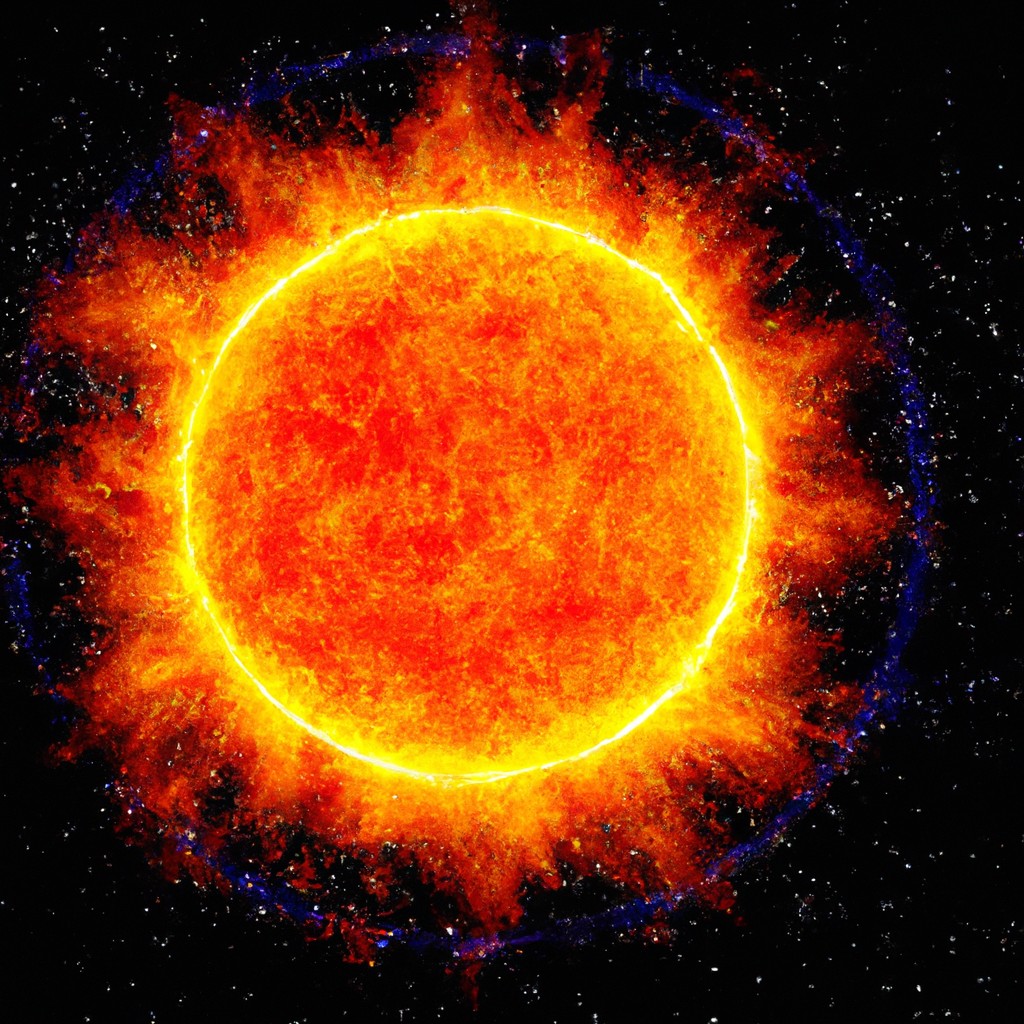Discover how solar flares can disrupt life on Earth, from power grids to GPS systems, and what measures are in place to mitigate their effects.
Key takeaways:
- Solar flares are caused by the sun’s tangled magnetic fields.
- Solar flares can disrupt radio communication, satellites, and power grids.
- Scientists use high-tech tools and models to predict solar flares.
- Solar flares can cause blackouts, GPS errors, communication issues, and electronic damage.
- Solar storms can trigger the Northern Lights.
What Causes Solar Flares?

Our sun, a giant ball of plasma, is constantly brewing with magnetic energy. When this energy pops—think cosmic popcorn—solar flares erupt. Here’s a quick breakdown:
- Magnetic Field Shenanigans: The sun’s surface is a playground of magnetic fields. Sometimes, these fields tangle, twist, and then snap. Boom! That’s a solar flare.
- Energy Release: When these magnetic fields get their knickers in a twist, energy is released in the form of light and heat. Yes, a solar temper tantrum!
- Sunspots: The naughty culprits. These dark spots on the sun’s surface are where most flares originate. They’re like the sun’s zits, but on a cosmic scale.
So, next time you’re sunbathing, remember: the sun’s got a lot more going on beneath the surface than just giving you a tan.
How Do Solar Flares Affect Earth?
When these bursts of fiery temper from the sun reach Earth, they arm-wrestle with our magnetic field. Result? A geomagnetic storm. Sounds like a sci-fi movie, but it’s real. Next, radio communication goes haywire. Pilots and sailors start praying for smooth signals. Imagine calling home from a ship and getting static instead of sweet voices.
Next, satellites get cranky. They are like cats; they hate disruptions. GPS systems can start giving directions to Narnia instead of the nearest coffee shop. As if driving wasn’t challenging enough.
And yes, power grids. The unsung heroes of civilization. They can get overloaded, causing blackouts. Think of the 1989 Quebec blackout. If you suddenly find yourself eating dinner by candlelight, thank a solar flare.
Finally, believe it or not, these cosmic temper tantrums can expand Earth’s atmosphere. This drags down satellites, making them work harder and age faster. Who knew space had a wrinkle problem too?
Solar Flare Prediction
Predicting these explosive solar outbursts isn’t quite like predicting whether you’ll need an umbrella tomorrow. It involves high-tech wizardry and some serious brainpower.
First off, scientists use space-based observatories like the Solar Dynamics Observatory (SDO) to keep a constant watch on the Sun. Think of it like sun-stalking, but, you know, for science.
They also use computer models to analyze and simulate the Sun’s magnetic field. This is like trying to forecast nature’s own firework show using complex algorithms. The goal? Spot potential trouble before it heads our way.
There’s even a space weather forecasting service run by NOAA (that’s the National Oceanic and Atmospheric Administration for acronym fans). These folks are like the meteorologists of outer space but with cooler gadgets.
Lastly, monitoring sunspots (those dark spots on the Sun’s surface) is key. More sunspots typically mean more solar activity—like the Sun’s way of furrowing its brow before tossing out a flare.
And no, these scientists don’t have crystal balls, but their tech and expertise are about as close as it gets!
The Realistic Threats
First things first, let’s clear up that solar flares are not going to fry us to a crisp. Phew! But they do have some potential to disrupt our daily lives in fascinating ways.
- Power Grids: Imagine your power going out because of space weather forecasts. Major solar flares can induce currents that might overload electrical grids, causing blackouts. Wondering why your Netflix stopped working? Blame the Sun.
- Satellites and Communication: Solar flares can alter the atmosphere through increased ionization, leading to satellite malfunctions. GPS errors anyone? It’s like when your GPS tells you to turn left, but you end up in a cornfield.
- Aviation: High-frequency radio communication can get all garbled up, which isn’t exactly ideal for pilots flying over polar regions. They could lose communication, and no one wants their flight rerouted to avoid space drama.
- Astronauts: Astronauts aren’t just out there floating around and snapping cool photos. Solar radiation can be harmful to those brave souls in space. Extra shielding is needed to protect them from these bursts of energy.
- Technology on Earth: Increased radiation can affect electronic systems, potentially damaging sensitive components. Think of it as your smartphone getting a surprise cosmic zap.
There you go, solar flare threats demystified!
Could the Solar Storm Trigger the Northern Lights?
Yes, solar storms can trigger the Northern Lights. Also known as Aurora Borealis, this dazzling light show happens when charged particles from the sun collide with Earth’s atmosphere. Imagine the sun getting a bit too excited and throwing a cosmic dance party; that’s essentially what goes on.
When a solar flare erupts, it sends a wave of solar wind our way. If the Earth’s magnetic field catches these particles, they travel along the magnetic field lines toward the poles. Stars in their eyes, these particles arrive like uninvited guests but get busy causing beautiful chaos.
Electrons and protons meet our atmosphere’s gases, getting all chummy with oxygen and nitrogen. This interaction excites the gases, causing them to emit light. Oxygen provides the lush greens and reds, while nitrogen adds touches of purple and pink. It’s like Mother Nature’s neon sign, celebrating the cosmic connection.
So, next time you see those dancing lights, remember it’s courtesy of our sun’s little flare-ups.
Also Read:
- Solar Flare: Understanding Its Impact on Earth and Technology
- Solar Flare 2024: Essential Information and Predictions for the Upcoming Event
- When is the Solar Storm Coming 2024: Latest Updates and Details
- Why is Earth Not Affected by Solar Wind: Understanding Our Planet’s Shielding Mechanisms
- Solar Superstorm 2024: Understanding the Potential Impact and Preparedness Tips